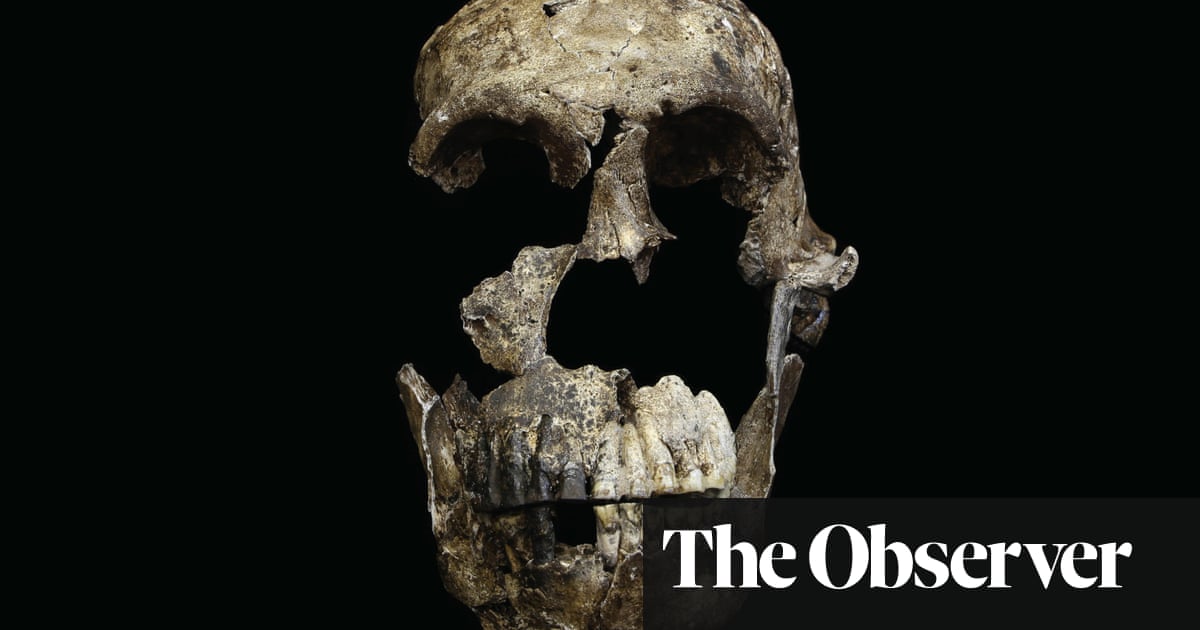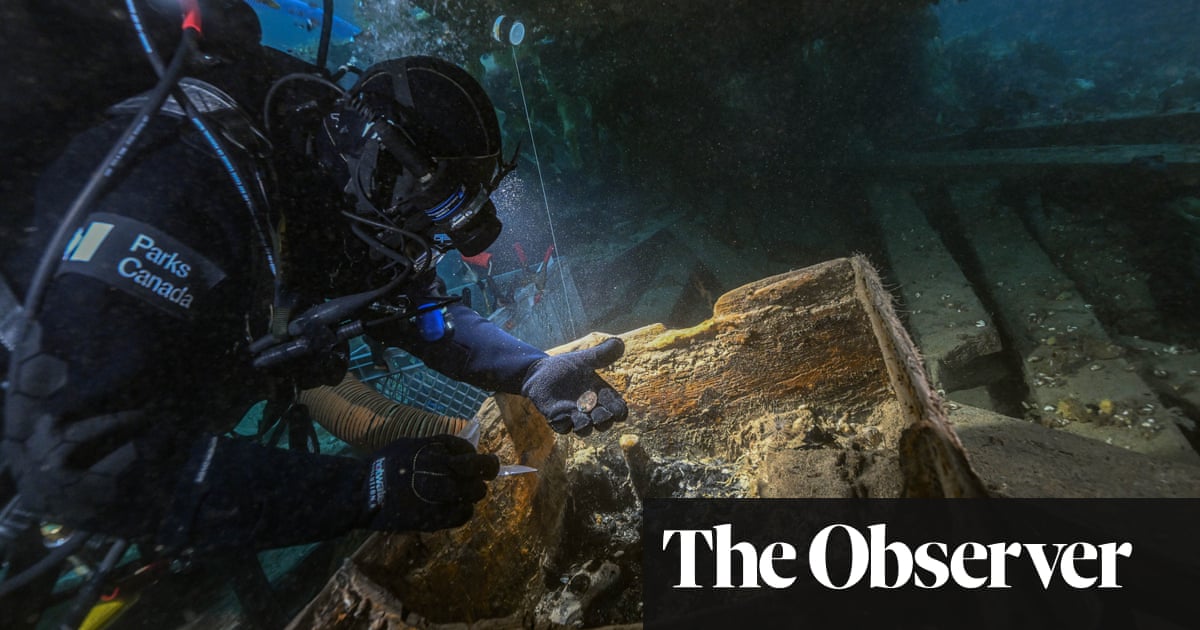
Tiny traces of protein lingering in the bones and teeth of ancient humans could soon transform scientists’ efforts to unravel the secrets of the evolution of our species.
Researchers believe a new technique – known as proteomics – could allow them to identify the proteins from which our predecessors’ bodies were constructed and bring new insights into the past 2 million years of humanity’s history.
Analysis of these microscopic remnants could then help to solve major evolutionary mysteries such as the identity of the common ancestors of Homo sapiens and the Neanderthals.
The ramifications of the technology would mirror the impact of the recently developed technology of ancient DNA analysis which, over the past 20 years, has helped uncover dramatic secrets about humanity’s past. These include the discovery that many modern humans possess Neanderthal genes and that the two species must have interbred at some point over the last 100,000 years.
A UK project to assess the promise of proteomics has just been launched and will be carried out by a team of scientists based at two major research centres in London: the Francis Crick Institute and the Natural History Museum. “We will spend the next three years carefully assessing how much protein we can get out of fossils and what we can learn from the samples we obtain,” said Professor Chris Stringer, of the Natural History Museum. “Hopefully, it will indicate we can learn a lot about our past by studying ancient proteins.”
Part of the research will involve using a handheld scanner that can be passed over a fossil in order to reveal how much protein it contains. “In that way we can focus on only the most promising skulls and bones,” said Stringer. “It is crucial we don’t try to take samples – no matter how small – from fossils that have no protein to offer us for study.”
The development of proteomics follows scientists’ success in analysing DNA extracted from ancient human fossils. By studying scraps of genetic material from fossils, scientists have discovered that men and women of non-African origin carry some Neanderthal genes. They have also revealed the existence of a completely new species of early humans – known as the Denisovans – from genetic material found in tooth and bone fragments in a Siberian cave.
But the analysis of ancient DNA has limitations. “DNA is fragile and decays fairly quickly, especially in warm conditions,” said Pontus Skoglund of the Francis Crick Institute. “So it is mainly useful for studying fossils that are less than 100,000 years old and found in moderately cool or cold places.”
This latter drawback is a particular problem for studying Homo sapiens – a species that evolved in Africa. Ancient DNA is rarely found in skulls and bones from excavations there because of the warm conditions. So scientists have begun to look at other methods to study the biology of ancient men and women – and have pinpointed proteins as a key target.
Our bodies are made of proteins whose manufacture is controlled by our DNA and so, by unravelling their structure, insights can be gained into the make-up of ancient individuals. Crucially, proteins survive longer in warm conditions.
This latter advantage offers hopes of gaining new insights into several baffling newly discovered species. These include Homo naledi, a 300,000-year-old hominin that was found in South Africa in 2013. Specimens appear to be primitive although other evidence suggests they also have buried their dead. In addition, the origins of Homo floresiensis, a small archaic species of humans – nicknamed the hobbit folk – found on the island of Flores in Indonesia has also puzzled scientists. Conditions at both sites has meant no DNA has been found so far on fossils there, leaving scientists unsure about how these unusual versions of humankind evolved.
And then there are the Denisovans. Although scientists have decoded their genomes, we still do not know what they looked like, nor much about how they behaved or how they hunted. “These are all really intriguing species and we only have a poor fix on how they relate to us,” said Stringer. “So proteomics could certainly help there.”
However, there was a downside to the use of proteins as a route to studying our past, added Skoglund. “Proteins do not carry nearly as much information as DNA. They only contain about 1% of the maximum information that you could get from a DNA sample. That means that we will need a lot to be able to generate enough data to carry out meaningful analyses. That may not be easy.”
Nevertheless, proteomics has already produced early promising results. Studies by Frido Welker of the University of Copenhagen have shown that collagen proteins found in a piece of hominin jawbone at Baishiya Karst cave high on the Tibetan plateau in China matches those of Denisovans.
“This is the first hint at what a Denisovan might have looked like and suggests that proteomics has a lot to offer our understanding of human evolution,” Welker told the Observer last week. “It is certainly encouraging.”












